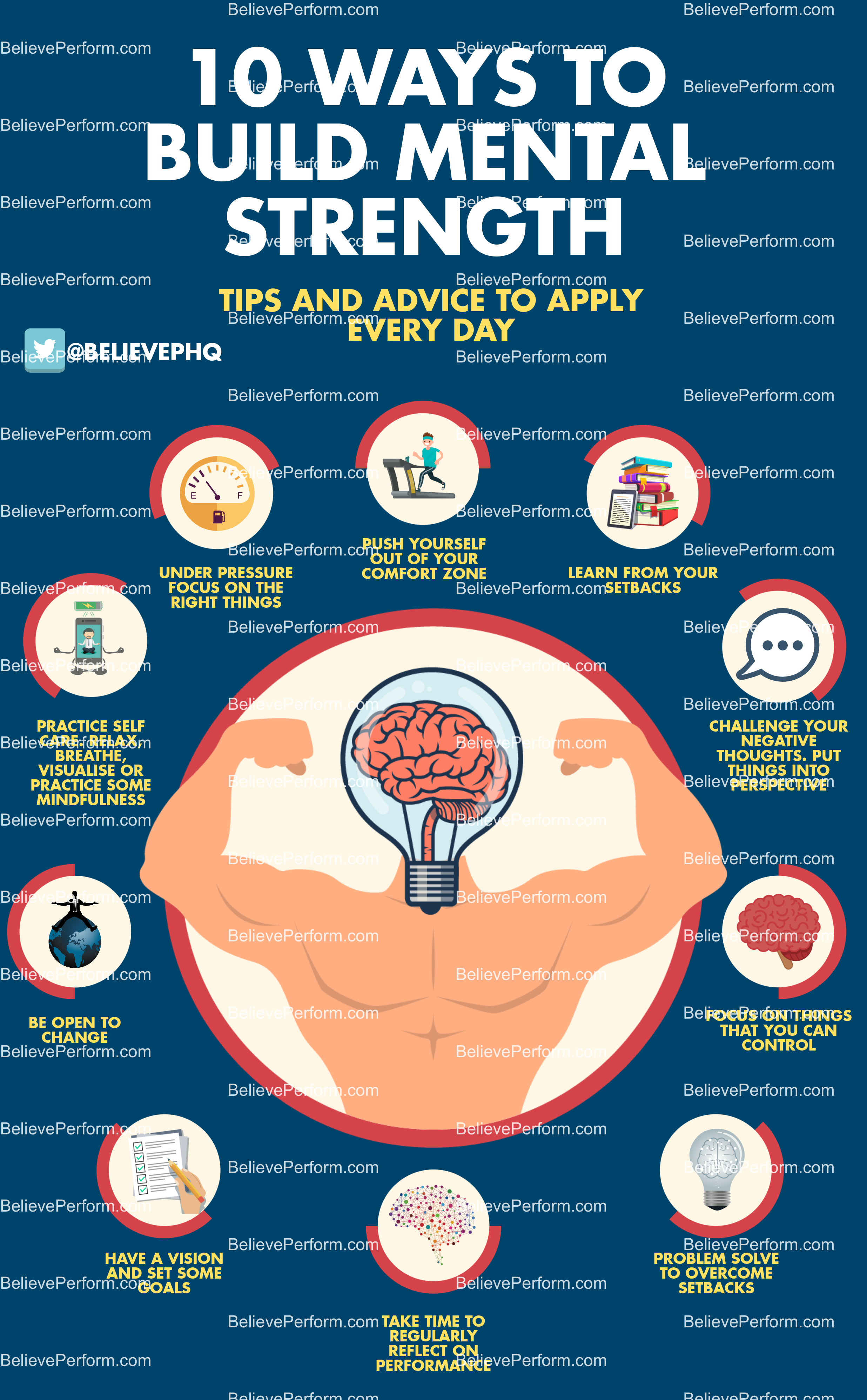
Mastering the Flat Bench Press: Unveiling the Secrets to Strength
The Foundation of Strength Training
When it comes to strength training, few exercises hold as much prominence as the flat bench press. This foundational movement is a staple in any serious lifter’s regimen, revered for its ability to target the chest, shoulders, and triceps with unparalleled effectiveness. But mastering the flat bench press isn’t just about lifting heavy weights—it’s about understanding the nuances of form, technique, and strategy that separate the amateurs from the elite.
Perfecting Your Form
At its core, the flat bench press is a relatively simple exercise: lie flat on a bench, grip the barbell with hands slightly wider than shoulder-width apart, and press the weight upward until your arms are fully extended. However, achieving optimal results requires meticulous attention to detail. From maintaining a tight grip on the bar to keeping your elbows tucked close to your body, every aspect of your form plays a crucial role in maximizing muscle engagement and minimizing the risk of injury.
Finding Your Grip
One of the most debated aspects of the flat bench press is hand placement. Some lifters swear by a wide grip, claiming it targets the chest more effectively, while others prefer a narrower grip to minimize strain on the shoulders. The truth is, the optimal grip width varies from person to person based on factors like shoulder width, arm length, and individual biomechanics. Experiment with different grip widths to find what feels most comfortable and allows you to lift the heaviest weight with proper form.
Understanding Muscle Activation
Contrary to popular belief, the flat bench press isn’t just a chest exercise—it’s a full-body movement that recruits muscles throughout the upper body and even the core. While the pectoral muscles certainly play a primary role in pressing the weight, the shoulders and triceps are also heavily involved in stabilizing and driving the barbell upward. By understanding how each muscle group contributes to the lift, you can ensure balanced development and maximize your overall strength potential.
Progressive Overload and Adaptation
As with any strength training exercise, progressive overload is key to continual progress on the flat bench press. This principle dictates that in order to get stronger, you must gradually increase the amount of weight lifted over time. Whether you achieve this through incremental increases in load, additional sets and reps, or variations in training intensity, the goal is always the same: to challenge your muscles beyond their current capacity, forcing them to adapt and grow stronger in response.
The Importance of Proper Breathing
Proper breathing technique is often overlooked but essential for success on the flat bench press. Many lifters make the mistake of holding their breath or exhaling too forcefully during the lift, compromising their stability and reducing their strength potential. Instead, focus on taking deep breaths into your diaphragm before each rep and maintaining a steady rhythm of inhalation and exhalation throughout the movement. This will help stabilize your core and ensure optimal oxygen delivery to working muscles.
Incorporating Variations and Accessories
While the traditional flat bench press is undoubtedly effective, incorporating variations and accessories into your training can provide additional benefits and prevent plateaus. Experiment with incline and decline bench presses to target different areas of the chest, or try using dumbbells instead of a barbell to engage stabilizer muscles and improve symmetry. Additionally, accessories like resistance bands, chains, and weight plates can add variety and challenge to your workouts, keeping your muscles guessing and promoting continued growth.
Rest and Recovery
Last but certainly not least, adequate rest and recovery are essential components of any successful flat bench press routine. Strength training places significant stress on the muscles and central nervous system, and without sufficient rest between sessions, you risk overtraining and diminishing returns. Aim for at least 48 hours of rest between chest workouts, focusing on proper nutrition, hydration, and sleep to support muscle repair and growth. Remember, progress isn’t made in the gym—it’s made during periods of rest and recovery.
Unlock Your Strength Potential
In conclusion, mastering the flat bench press is a journey that requires dedication, patience, and attention to detail. By perfecting your form, understanding muscle activation, and implementing progressive overload principles, you can unlock your full strength potential and achieve impressive gains in muscle size and strength. So, embrace the challenge, trust the process, and watch as your bench press numbers soar to new heights. Read more about flat bench press




